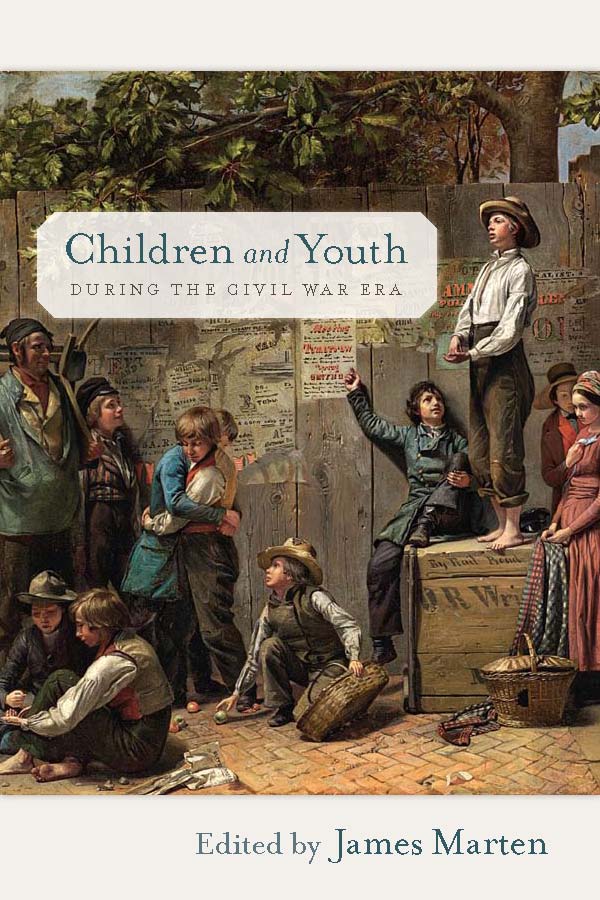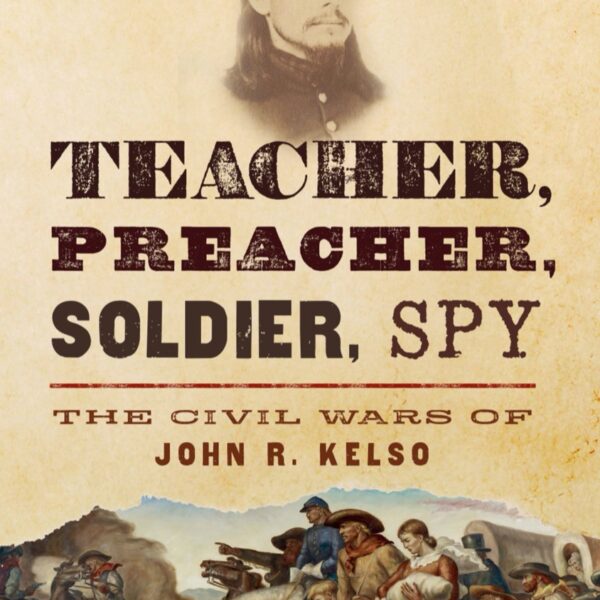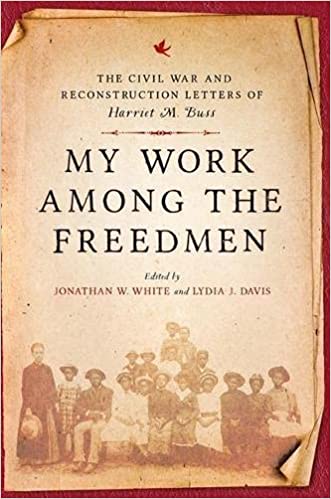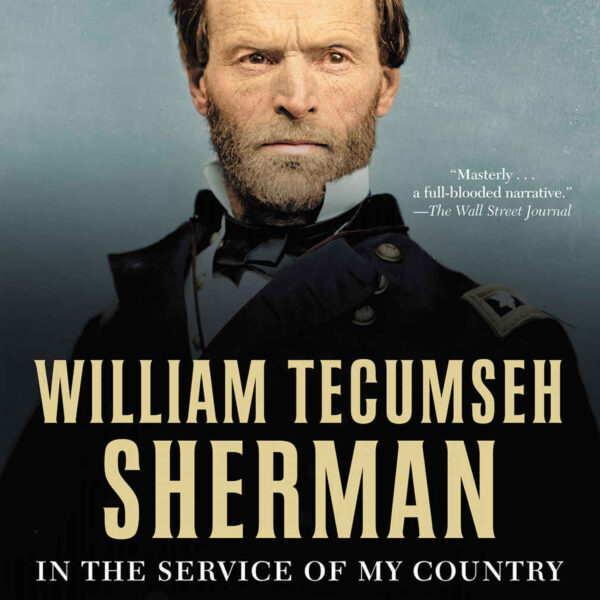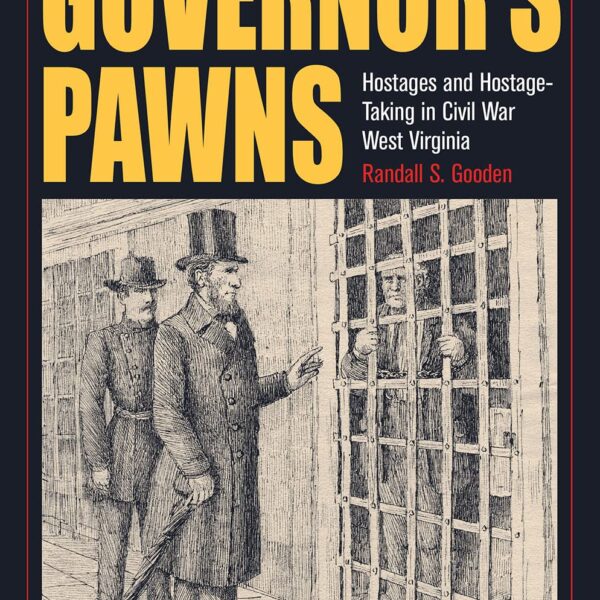Despite the explosion of social history since the 1970s, few historians of children or the Civil War have addressed the topic of children and childhood during the Civil War. The new book Children and Youth during the Civil War Era is the first anthology to address this dearth, and provides balanced studies of both North and South, free and slave. It effectively broadens analysis beyond the war years to include children during the sectional conflict, the immediate postwar years, and even through the mid-twentieth century. It is supplemented with selected primary documents, discussion questions, and suggested readings.
The editor, James Marten, is the preeminent historian of children in the Civil War era, and thus is eminently qualified to organize this anthology. He acknowledges that, “like most anthologies, this one does not claim to be comprehensive,” but promises the essays provide “several useful contexts and fresh ways of looking at the impact” of the war (4).
The first section, “Children and the Sectional Conflict,” reveals how young people became both symbols and actors in the racial and political issues of the period. Rebecca de Schweinitz’s essay explores the connections between notions of childhood and slavery. While both antislavery and proslavery arguments hinged upon evolving notions of middle-class domesticity, the growing emphasis on sentimental domestic values ultimately undercut slaveholders’ arguments.
Elizabeth Kuebler-Wolf focuses on period imagery featuring children and slavery to discover what they reveal about both sides of the slavery debate, with particular emphasis on “the alleged effects each side in the debate claimed that slavery had upon white children” (30). Her arguments center on one northern printed image and two southern photographs, and thus could have been augmented by a broader sample, or more equivalent comparison.
Kanisorn Wongsrichanalai’s essay reveals the relationship between northern values and New England students’ responses before and during the sectional conflict. He concludes that the ultimate triumph of the Union army vindicated thee students, who felt secession proved slavery was evil, and military intervention was necessary to end it. The essay is an examination not only of the formation of sectional values, but of how one version of a national narrative is elevated to primacy.
The second part, “Children of War,” explores ways in which children were effected by, and sometimes affected, the war. Thomas F. Curran investigates some of the ways that the war divided families by analyzing the case of a Missouri teenager who joined the Confederate army against his parents’ wishes. The essay provides a glimpse into the convoluted world of military courts and prisons, and is one of the few to focus on a border state. According to Curran, cases such as these offer a “dim foreshadowing of the juvenile justice system” in the twentieth century (66).
Paul B. Ringel’s fascinating essay reveals how a popular northern children’s weekly publication, The Youth’s Companion, went from “ignoring the conflict to using it as an instrument to inspire moral introspection, and finally to presenting it as a moralistic drama suitable for both … instruction and entertainment” (78). The rising success of the publication also pointed to eroding barriers to children participating in marketplace consumption.
Sean A. Scott utilizes Northern periodicals, primarily the Cincinnati Western Christian Advocate, in his exploration of articles and obituaries concerning deceased children. At a time when death permeated daily life, these accounts were often meant to encourage the living (particularly children) to make spiritual preparations for death, or to justify such a great sacrifice in the name of patriotism.
Lisa T. Frank examines how Sherman’s march “created and clarified the meaning of war for elite Southern girls” (111). Utilizing these girls’ wartime writings, she reveals how wartime experiences, particularly encounters with Union troops, forced girls to grow up faster and ultimately shaped their postwar beliefs and attitudes.
Victoria E. Ott, in one of the more nuanced essays, explores how young southern women utilized courtship, the primary feature of youth culture, into a political expression of Confederate loyalty. Women supported the Confederacy by giving their attentions to brave soldiers and scorning young men who refused military service.
The third section, “Aftermaths,” delves into the postwar period. Troy L. Kickler explores African American education in Tennessee. His essay provides a general overview of the multiplicity of black education in the immediate postwar period, as well as various challenges to black education. Kickler shows that former slaves were taught not only “how to be free,” but also “to conform their thoughts and actions to northern middle-class standards” (157).
Mary Niall Mitchell’s essay sheds light on the labor of freedchildren in the immediate postwar years. She argues that apprenticeship was used as an extension of unfree labor until it was declared illegal in 1867. Black families generally fought against it, seeing little distinction between freedom and the right to control their children.
Catherine A. Jones also examines children’s labor, although her focus is on white orphans in Richmond. She capably investigates the complex relationship between postwar labor shortages, growing concerns about the racial social order, and debates over public welfare.
Judith Geisberg utilizes Pennsylvania Soldier’s Orphan Schools as a window into “contemporary debates about the assimilation of immigrants and Indians and growing fears of labor radicalism” (189).The essay reveals how poverty came to be seen as intractable as race, and how orphanages were ill-equipped to respond to changes in American society since the end of the war.
The fourth part, “Epilogue,” carries into the twentieth century. J. Vincent Lowery’s essay explores how the Children of the Confederacy was organized by the United Daughters of the Confederacy as a means of preserving southern identity and values. It met with mixed success, particularly during the war’s centennial, as white southern children seemed to embrace “the national present over the sectional past” (220).
By addressing so many fascinating topics in a regional or impressionistic manner, this anthology suggests as many new avenues for research as it satisfies. The authors and editor are to be commended for this valuable contribution to the field.
Catherine M. Wright is the Curator of the Museum of the Confederacy in Richmond, Virginia.
